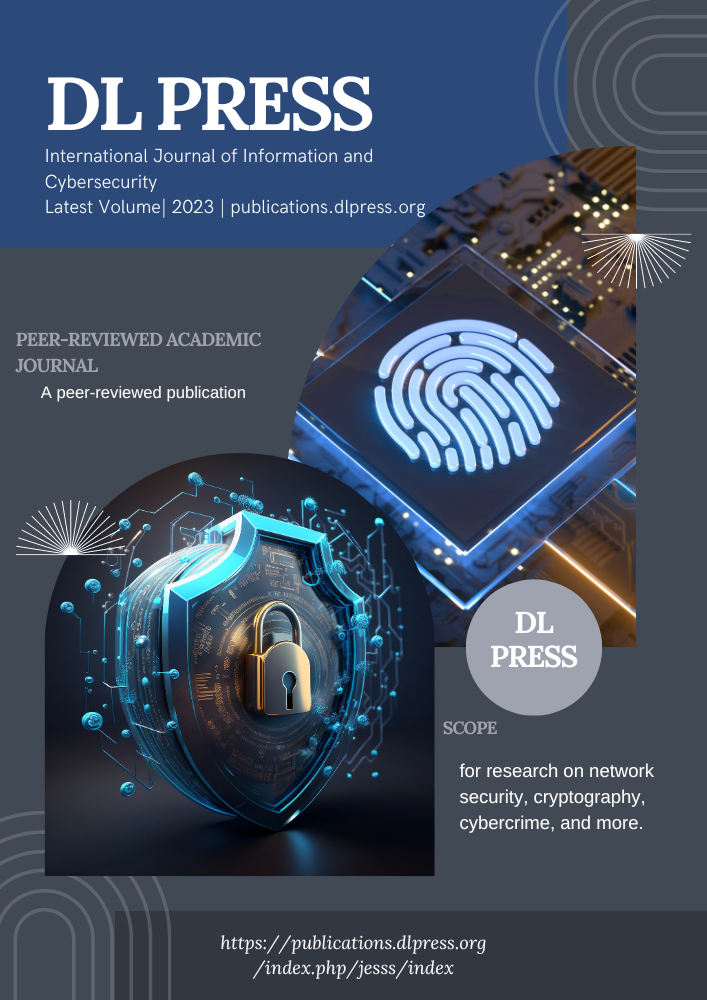Integration of Natural Language Processing, Self-Service Platforms, Predictive Maintenance, and Prescriptive Analytics for Cost Reduction, Personalization, and Real-Time Insights Customer Service and Operational Efficiency
Main Article Content
Abstract
Businesses are constantly seeking innovative ways to improve customer service and operational efficiency. Natural Language Processing (NLP) and Artificial Intelligence (AI) have emerged as transformative technologies capable of revolutionizing these aspects. This research abstract explores key applications of NLP and AI in these areas, highlighting their potential to transform how businesses interact with customers and optimize their operations. Large-scale data analysis, facilitated by NLP, enables businesses to extract valuable insights and trends from vast amounts of textual data. By understanding customer sentiment, market trends, and more, companies can make informed decisions and adapt strategies effectively. Sentiment analysis, a crucial NLP technique, allows businesses to gauge customer satisfaction by determining the sentiment expressed in customer feedback. This insight helps identify areas for improvement, enhancing the overall customer experience. NLP-powered chatbots and virtual assistants are pivotal in automating customer interactions and providing efficient support. These conversational AI systems can understand and respond to user queries, ultimately leading to more efficient and personalized customer service. Language translation tools driven by NLP enable global customer service by automatically translating text or speech between languages. This facilitates communication with customers from diverse linguistic backgrounds. Self-service platforms, harnessing AI and NLP, offer interactive FAQs and knowledge bases. Customers can find solutions independently, reducing the need for human intervention and enhancing satisfaction through quick access to information. Automated troubleshooters guide users through issue resolution without human intervention. AI-driven diagnosis based on user inputs ensures swift and accurate problem resolution. Intelligent troubleshooting encompasses predictive maintenance and anomaly detection, enabling proactive equipment monitoring and preventing downtime. AI-driven root cause analysis expedites issue resolution by pinpointing problem sources. Prescriptive analytics and efficiency improvements are achieved through AI's resource optimization, machine learning personalization, and forecasting capabilities. These tools optimize resource allocation, personalize service experiences, and provide real-time performance analytics, empowering data-driven decision-making.
